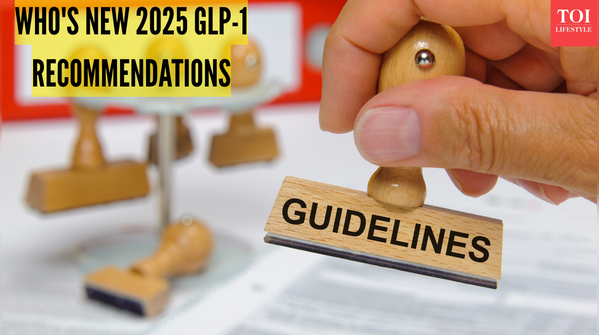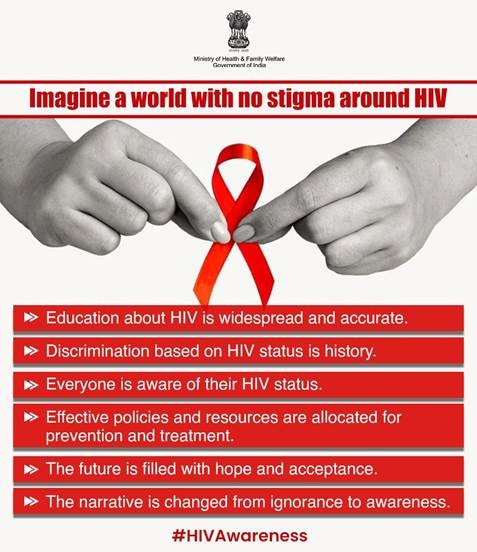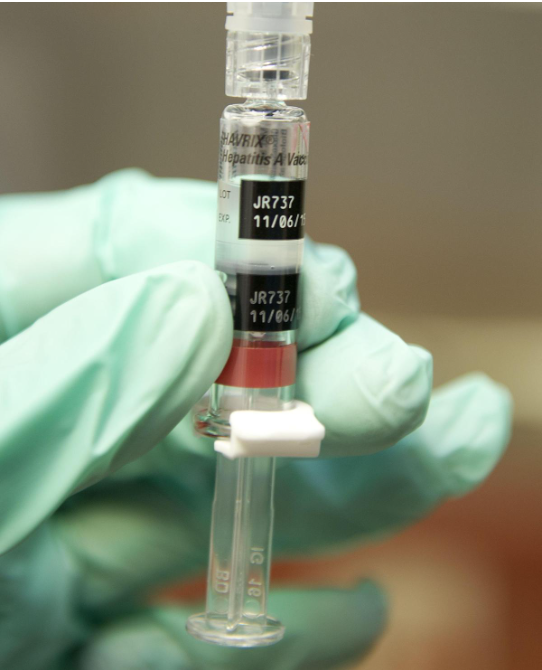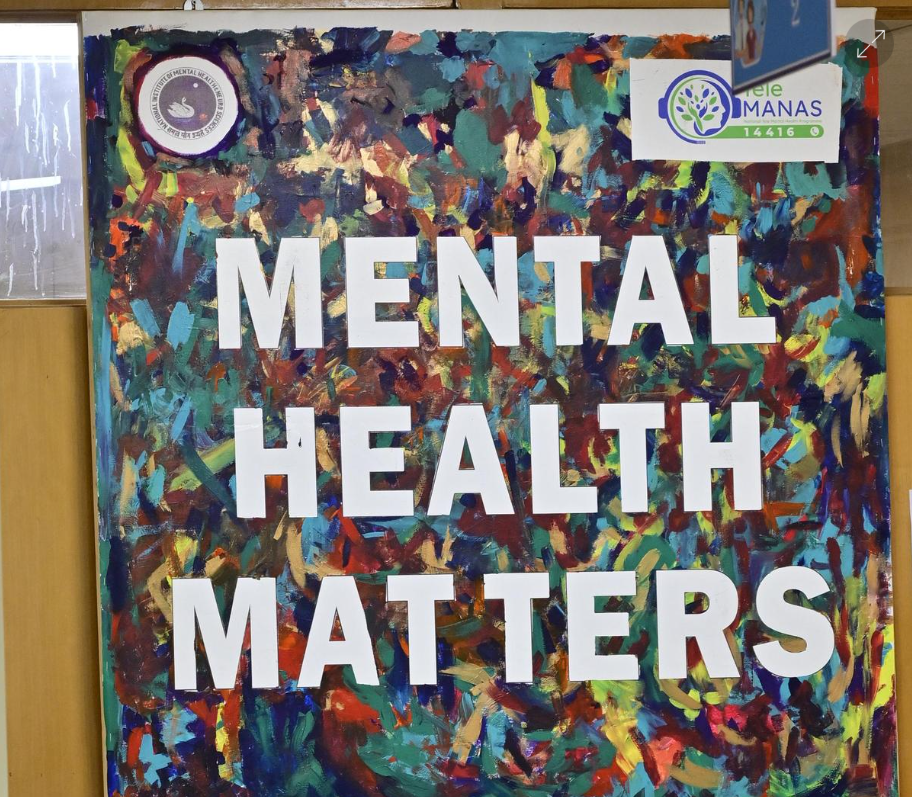





Disclaimer: Copyright infringement not intended.
Kerala’s health department has reported 121 confirmed deaths, with an additional 102 suspected cases.
It is a disease caused by bacteria that affects people and animals. It's spread in the urine (pee) of infected animals. Leptospirosis risk often increases after a hurricane or flood when people have contact with contaminated water or soil.
Aspect |
Details |
|
Causes |
Leptospirosis is caused by Leptospira bacteria found in warm, moist environments, particularly in water or soil contaminated with urine from infected animals. |
|
Transmission |
Direct Contact: Through contaminated water or soil, especially via cuts, abrasions, or mucous membranes. |
|
Ingestion: Drinking contaminated water can lead to infection. |
|
|
Animal Contact: Direct contact with the urine of infected animals, including rodents, livestock, and pets. |
|
|
Context in Kerala |
Monsoon season increases the risk due to flooding and waterlogging, which facilitate the spread of the bacteria. |
|
Symptoms |
Symptoms appear 7 to 14 days post-exposure and range from mild to severe: |
|
High fever, headache, chills, muscle aches, vomiting, jaundice, red eyes, abdominal pain, diarrhea. |
|
|
Severe cases may lead to kidney damage, liver failure, respiratory distress, meningitis, or death. |
|
Outbreak in Kerala |
|
|
Current Status |
Kerala is experiencing a significant leptospirosis outbreak with multiple reported cases, prompting urgent containment efforts. |
|
Contributing Factors |
Monsoon Rains: Flooding creates ideal conditions for bacterial spread. |
|
Rodent Population: Increased rodent activity due to flooding leads to higher contamination of water sources. |
|
|
Hygiene Practices: Poor hygiene and inadequate waste management worsen the spread. |
|
Response Measures |
|
|
Public Awareness Campaigns |
Educating the public on symptoms, transmission, and prevention. |
|
Medical Interventions |
Distribution of prophylactic antibiotics to high-risk groups, ensuring medical supplies and treatment facilities are available. |
|
Environmental Management |
Improved waste management and rodent control efforts to reduce contamination. |
Preventive Measures |
|
|
Personal Precautions |
Avoid wading or swimming in contaminated water. |
|
Wear protective clothing and footwear in wet or flooded areas. |
|
|
Ensure access to safe and clean drinking water. |
|
|
Maintain personal hygiene, including frequent handwashing. |
|
|
Community Initiatives |
Regular rodent control activities and improved waste management. |
|
Promote community awareness and education on leptospirosis prevention. |
|
|
PRACTICE QUESTIONS Q. Which of the following statements about Leptospirosis is/are correct?
Select the correct answer using the code given below: (a) 1 and 4 only (b) 2 and 3 only (c) 1, 2, and 3 only (d) 2, 3, and 4 only Answer: b |






© 2025 iasgyan. All right reserved